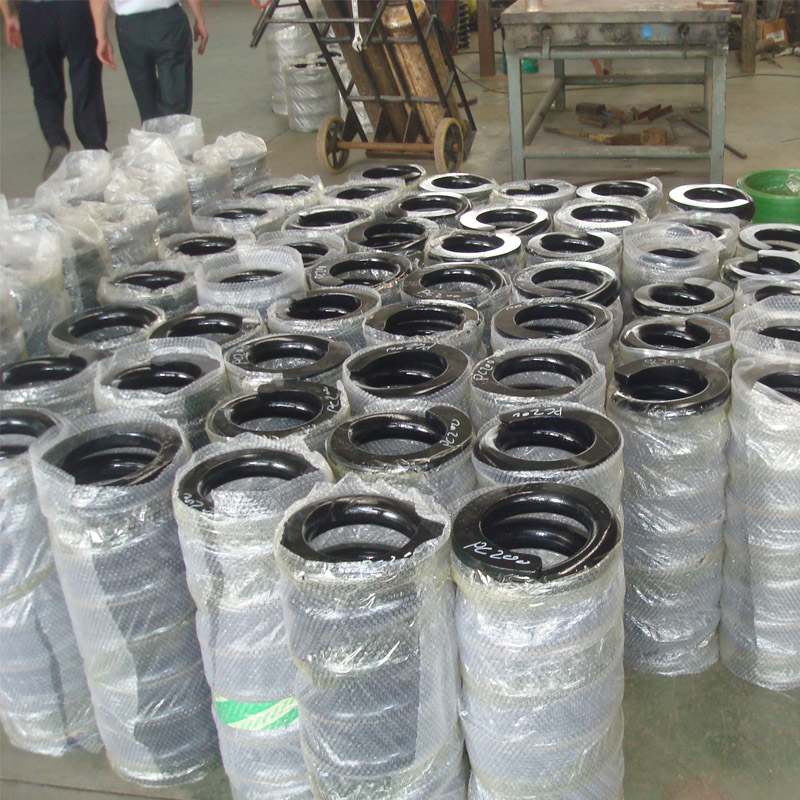
- Mobile Phone
- +8613931874955
- sales@cntcmetal.com
Innovative Solutions for Strengthening Concrete with Reinforcement Wire Techniques
The Importance of Concrete Reinforcement Wire in Modern Construction
Concrete, a fundamental material in construction, has been the backbone of many infrastructural and architectural achievements around the world. While concrete is renowned for its compressive strength, it often lacks tensile strength, which can lead to cracks and structural failures under stress. To mitigate these issues, construction professionals utilize concrete reinforcement wire, an essential component that enhances the durability and stability of concrete structures.
Concrete reinforcement wire, commonly composed of steel, serves as a method of reinforcing concrete to improve its overall performance. The wire is typically woven or welded into a mesh pattern, creating a grid structure that integrates with the concrete. This reinforcement helps distribute loads more evenly throughout the structure, reducing the likelihood of cracking and increasing the lifespan of concrete elements.
One of the most common forms of concrete reinforcement wire is welded wire fabric (WWF), which is widely used in slabs, pavements, and walls. The mesh varies in size and gauge, providing flexibility to accommodate different construction needs. By using concrete reinforcement wire, builders can ensure that the concrete can withstand tensile forces that would otherwise cause it to fail. When concrete is poured over this reinforcing mesh, it bonds with the concrete, creating a composite material that significantly enhances the structural integrity.
The use of reinforcement wire in concrete not only improves strength but also plays a crucial role in controlling cracking. As concrete cures, it shrinks, which can lead to tensile stresses and consequently, cracks. The embedded reinforcement wire limits the development of these cracks by holding the concrete together. This is especially important in large slabs or structures subjected to temperature changes, where thermal expansion and contraction can pose significant risks.
concrete reinforcement wire

Furthermore, concrete reinforcement wire contributes to the overall safety of structures. In seismic regions, buildings and infrastructure must be able to withstand not only gravitational loads but also lateral forces caused by earthquakes. Reinforced concrete, utilizing the strength of reinforcement wire, allows structures to flex and absorb energy during seismic events, reducing the potential for catastrophic failure.
In the context of sustainability, using concrete reinforcement wire can lead to more efficient construction practices. By reinforcing concrete, less material may be needed to achieve the same structural performance, consequently reducing waste. Additionally, reinforced concrete structures typically have longer lifespans, which further decreases the environmental impact associated with construction and demolition.
The application of concrete reinforcement wire is not limited to large-scale projects. It is also invaluable in residential construction, where homeowners can benefit from the added strength and durability of their structures. From driveways to patios, the inclusion of reinforcement wire helps prevent common issues such as cracking and settling, ensuring that these elements remain aesthetically pleasing and functional over time.
As we move towards a future that demands resilient and sustainable infrastructure, the role of concrete reinforcement wire will undoubtedly grow. Innovations in materials and construction techniques continue to enhance the effectiveness of reinforcement methods. Some manufacturers are exploring alternative materials and coatings for reinforcement wires to improve corrosion resistance, especially in environments exposed to moisture and chemicals.
In conclusion, concrete reinforcement wire is a pivotal element in modern construction. It provides essential strength, controls cracking, and enhances the safety and longevity of concrete structures. As we face increasing challenges in building durable and sustainable infrastructure, the importance of effective reinforcement techniques, such as concrete reinforcement wire, cannot be overstated. With its myriad benefits and applications, it remains a vital component for engineers and builders alike, ensuring that our structures can endure the test of time.
share:
-
Why Sacrificial Formwork Is Redefining Underground ConstructionNewsJun.06,2025
-
The Structural Dynamics of Modern Concrete: How Snake Spacers Revolutionize Flexible ReinforcementNewsJun.06,2025
-
Snake Spacers Smart-Lock Concrete Reinforcement with Surgical PrecisionNewsJun.06,2025
-
Snake Spacers: Reinforcement Precision for Modern Concrete ProjectsNewsJun.06,2025
-
Snake Spacers Powering Concrete's Structural DNANewsJun.06,2025
-
Slither into Success: Snake Spacers' Precision Bite for Unbreakable ReinforcementNewsJun.06,2025
-
Sacrificial Formwork: Building Stronger, Faster, and Safer StructuresNewsJun.06,2025



















